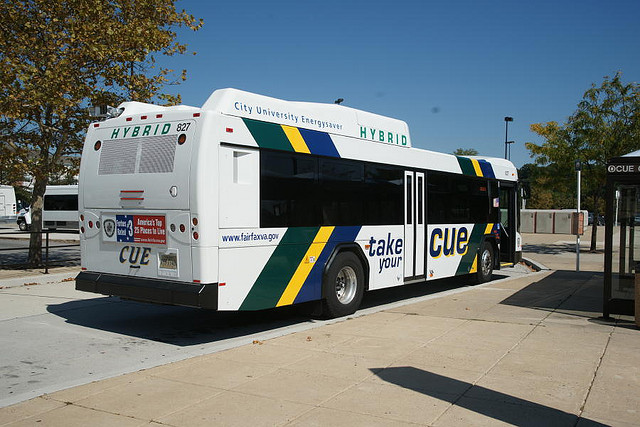Climate and Air
Climate change is a significant challenge facing us today. The City of Fairfax is working to plan for and mitigate the impacts of climate change on our community.
The City is committed to reducing 80 percent of greenhouse gas emissions from 2005 levels by 2050 and promoting the efficient use of energy by residents, businesses and government facilities to achieve a 55 percent reduction in energy use from 2018 baseline levels by 2050. The city is taking measures to achieve 100 percent renewable electricity for government operations by 2035 and community-wide 100 percent renewable electricity by 2050.
City of Fairfax Greenhouse Gas Emissions Inventory
 The Metropolitan Washington Council of Governments (MWCOG) conducts GHG emission inventories for its member jurisdictions, including the City of Fairfax. Inventories have been conducted for 2005, 2012, 2015, 2018 and 2020. These inventories cover emissions from the City of Fairfax community, including the city government.
The Metropolitan Washington Council of Governments (MWCOG) conducts GHG emission inventories for its member jurisdictions, including the City of Fairfax. Inventories have been conducted for 2005, 2012, 2015, 2018 and 2020. These inventories cover emissions from the City of Fairfax community, including the city government.
City of Fairfax GHG Emissions Summary
The City of Fairfax community-wide greenhouse gas (GHG) emissions decreased by 39% between 2005 and 2020, despite a 14% growth in population.
Below is the factsheet for the 2020 GHG inventory:
The regional GHG inventory can be found at the following link:
Greening the City Fleet
 The City of Fairfax is working to reduce fuel consumption and air emissions of its vehicle fleet through a combination of upgrading fleet fuel efficiency, adding alternative fuel vehicles to the fleet, and looking for ways to reduce driving while still delivering a high level of service to the community.
The City of Fairfax is working to reduce fuel consumption and air emissions of its vehicle fleet through a combination of upgrading fleet fuel efficiency, adding alternative fuel vehicles to the fleet, and looking for ways to reduce driving while still delivering a high level of service to the community.
- Trash routes are planned to reduce diesel consumption.
- Four city trash trucks have newer diesel technology.
- Twelve trash trucks and four right-of-way trucks have been outfitted with GPS tracking systems. The system allows for maximization of operations and the ability to dispatch the closest vehicle to pick up sites, thereby reducing overall fuel use.
- Six hybrid electric diesel buses are being used in the CUE bus system.
- The hybrid buses are equipped with an auxiliary heating system to reduce idle time during the winter.